Huawei today introduced the Nova 3 in India as its second smartphone to feature a quad-camera setup alongside its much affordable sibling the Nova 3i. The Nova 3 sports an exciting design and flagship specifications for an asking price of Rs 34,999 in India exclusively through Amazon India from August 23.
For around the same price, users can buy the OnePlus 6 or the more recent Asus Zenfone 5Z. With similar design elements, internals and the dreaded notch in common, which among these delivers the right balance of performance and beauty at its price? Let’s find out.
Build & Design:
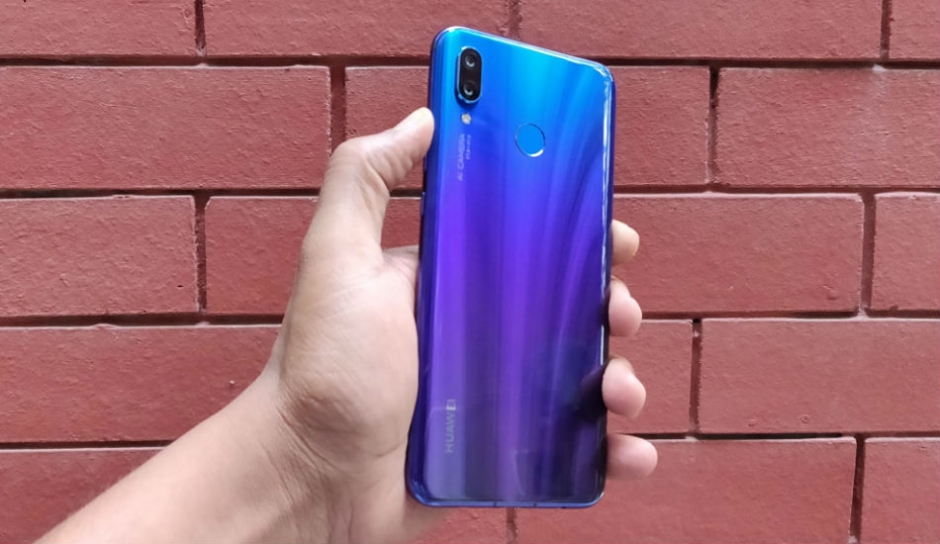
Huawei has lately been designing smartphones with attractive packaging and the Nova 3 is no different. The Twilight Blue variant that we got our hands on, comes with a glass sandwich body and saying that the colour-switching back panel is dope, would be an understatement. While some might call the multi-shaded variants extremely flashy, the mere deviation from a standard looking phone makes the Nova 3 pleasant to the eye.
The all-glass design made of Gorilla Glass 5 is something that differentiates the OnePlus 6 from its predecessors. Its form factor matches the one on the OnePlus 5T, but the display now has a bezel-less front which when switched off is entirely black without giving a hint of the presence of the notch at the top. The device is available in a glossy ‘Mirror Black’, Red and ‘Silk White’ colours as well as the ‘Midnight Black’ variant for a classic matte finish, all of which will be inscribed with “Designed by OnePlus” at the back.
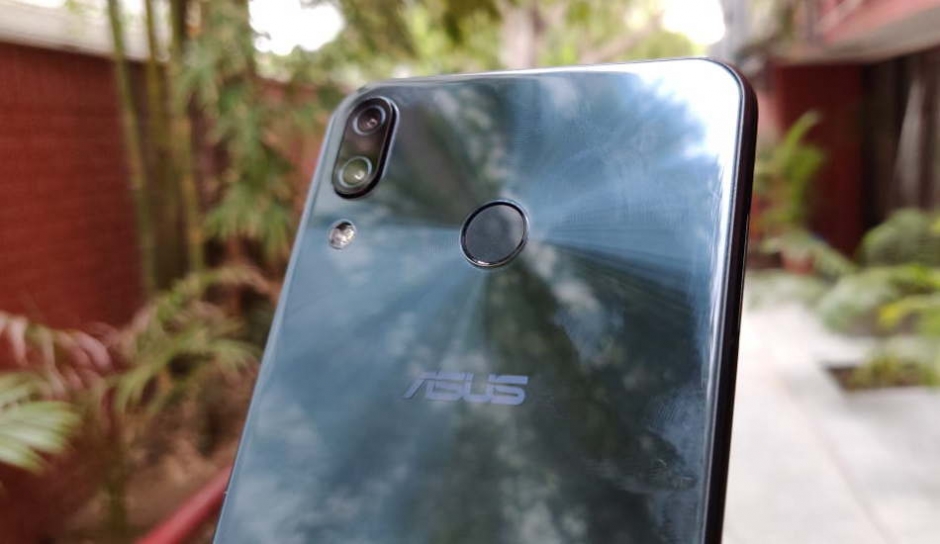
The Asus Zenfone 5z charms with its polished mirror-like glass that’s quite reflective and a little too partial to smudges and fingerprint with regular use. The curved glass panels on the front and rear are fixed onto an aluminium frame to make the device sturdy and comfortable to hold. The glass back with its vertical alignment of the cameras does remind you of Apple’s flagship smartphone through the design does earn Asus more points than its budget-centric Zenfone Max Pro M1. There’s a fingerprint scanner on the rear panel which plays as the focal point for X-like mirror reflection at the back of both the Meteor Silver and Midnight Blue variants of the Zenfone 5z.
Winner: Huawei Nova 3
Display:
OnePlus crams in a 6.28-inch Optic AMOLED FHD+ screen with a Resolution of 1080 x 2280 pixels on the front of the OnePlus 6. The device comes with rounded corners, minimum bezels and a notch at the top which extend the screen-to-body ratio to a significant 83.8 percent. The notch on the front employs an earpiece, camera, ambient light and proximity sensors, as well as a notification LED which is quite impressive considering the size of the small cutout.
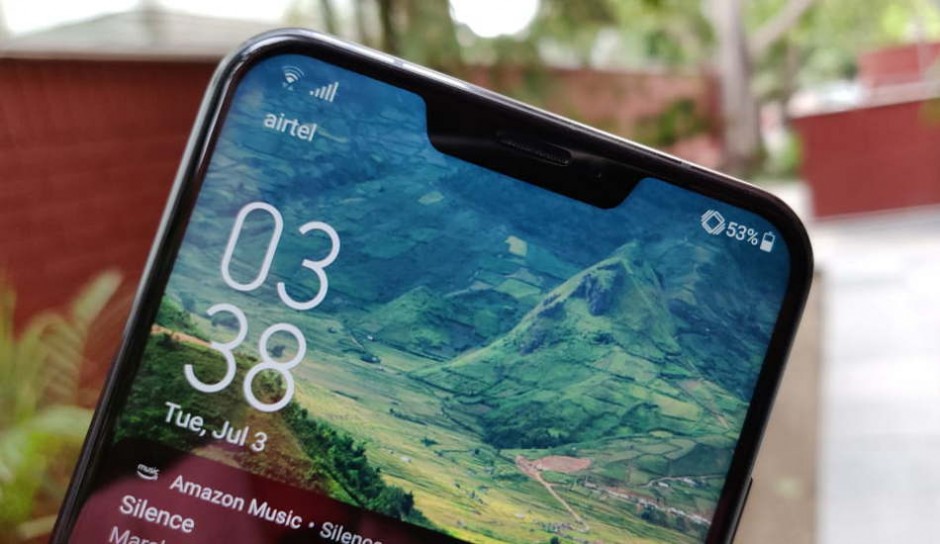
The Zenfone 5z features a slightly smaller 6.2-inch full-HD+ LCD screen with an iPhone X-like notch and a resolution of 1080×2246 pixels. The screen covers 95% of DCI-P3 colour gamut with 83.6 percent screen-to-body ratio that spans on an elongated 18.7:9 aspect ratio on the front. While seemingly reducing the presence of bezels on the edges and at the top, the 5z even has a smaller notch than the iPhone X and thus ticks all the boxes for a high-end smartphone of 2018.
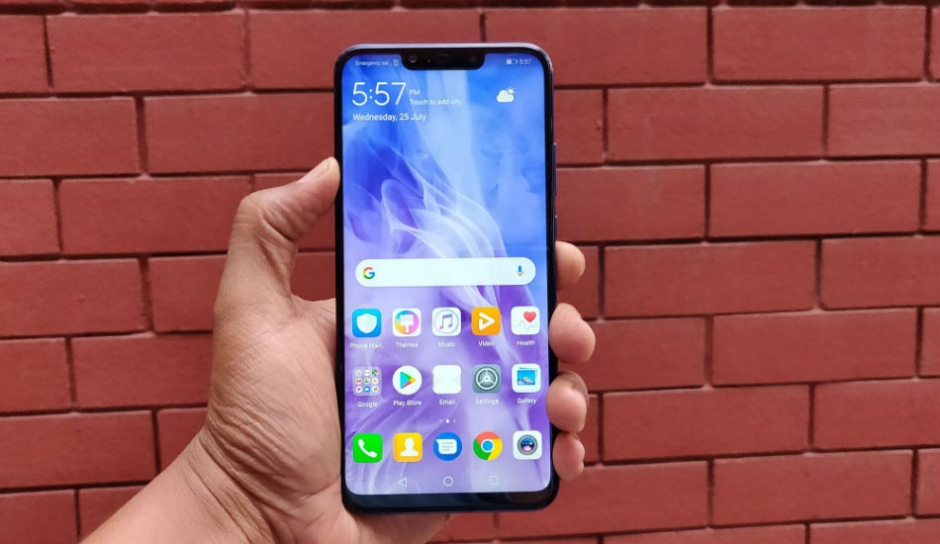
The Nova 3 from Huawei features a 6.3-inch Full HD+ display with a screen resolution of 2340 x 1080 pixels along with an aspect ratio of 19:5:9. The display is bright and vibrant even outdoors due to the 85 per cent NTSC colour gamut and a high contrast ratio. There are minimal bezels on the edges and the bottom chin is particularly smaller than the other two, thus bumping up the screen-to-body ratio of the device to a respectable 84.2 percent.
Winner: Huawei Nova 3
Hardware:
Both the Zenfone 5z and OnePlus 6 are powered by the same Qualcomm octa-core Snapdragon 845 Chipset clocked at 2.8GHz with Adreno 630 graphics, up to 8GB of RAM and 256GB of internal storage. Connectivity options are provided by a USB Type-C port, WiFi, Bluetooth v5.0 LE, GPS, GLONASS. There will be no issues of lag whatsoever since both these devices are powered by top-of-the-line chips with more than adequate memory to last you through the day without a hiccup.
While Huawei isn’t quite inclined towards the idea of using a Qualcomm chipset, it’s own HiSilicon Kirin 970 octa-core Processor (clocking in at 2.36 GHz) that powers the Nova 3 isn’t by any means lesser than a flagship. Additionally, the Nova 3 makes use of the Mali-G72 MP12 GPU for graphics while managing to spec up to 6GB of RAM and internal storage of 128GB storage. If previous reports are of any significance, the Kirin 970 is expected to deliver decent performance, but it seems to lag behind its Qualcomm counterpart, the Snapdragon 845 SoC, which offers slightly better performance. But the Nova 3 might benefit from Huawei’s GPU Turbo technology which has earned impressive points for smoother performance and careful power consumption.
Winner: Zenfone 5Z & OnePlus 6.
Camera:
Nova 3
The Nova 3 sports a quad-camera setup. Indeed, not a triple camera system like the one on the P20 Pro but dual-camera setups on the front and back panels. There’s a 16MP sensor with LED flash, f/1.8 aperture, PDAF and a 24-megapixel sensor with f/1.8 aperture, both located at the rearback while the front-facing imaging system employs dual 24MP + 2MP sensors with f/2.0 aperture.
This further allows the AI to bring out the best colours of these objects in a picture by applying scene and subject-specific parameters on every photo in real-time, giving the picture you click, a touch of class within a fraction of a second. AI also works to recognize a user’s face and detect facial points to bring out studio-like portrait photographs.
OnePlus 6
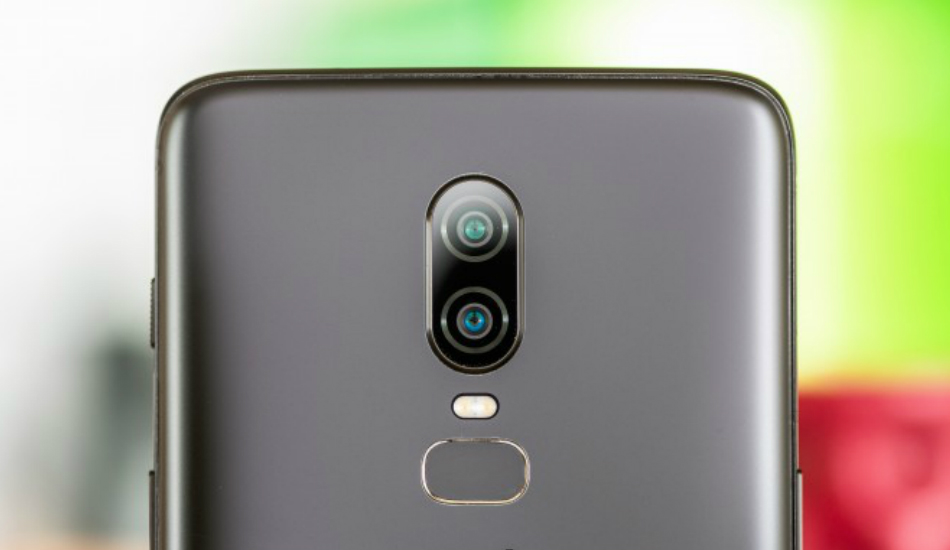
While the OnePlus lineup was never on par with the flagship smartphone cameras, the OnePlus 6 has made a lasting impressing in terms of imaging, unlike its predecessors. For those who don’t know, the OP6 equips a dual camera setup with a 16MP lens that features optical image stabilization and f/1.7 Aperture alongside a secondary 20MP sensor with the same fixed aperture. Both sensors are placed vertically adjacent to each other with a dual-LED flash below the camera module.
Specifications aside, the OP6 has the best camera setup among any OnePlus phone and is a solid performer with decent colour saturation, balance, sharp details and good dynamic range. The Portrait mode offers a ton of detail and a smoother transition from subject to the background, which is blurred with a satisfactorily good amount of depth of field. Users will be able to record 4K videos at 60 fps, 1080p videos at 240 FPS and slow-motion videos of 720p resolution at 480 fps.
Zenfone 5Z
The highlight of the imaging on the Zenfone 5z is the 1.4-micron Pixel sized primary 12-megapixel (f/1.8, 24mm, 1/2.55″) sensor with phase detection Autofocus and electronic image stabilisation. The secondary sensor that it’s coupled with is an 8MP Wide-Angle (f/2.0, 12mm, 1/4″, 1.12µm) lens which will enable depth detection when clicking photos under portrait mode.
With a strong chipset, the 5z will be able to shoot 4K videos at 30fps while recording 1080p videos at 60/120 fps and slow-motion footage at 240fps. The setup looks promising and surely gains points for AI Photography which allows photo learning, scene detection, portrait mode and beautification.
Winner: Nova 3 for still photography, Asus Zefonr 5Z for videography.
Software:
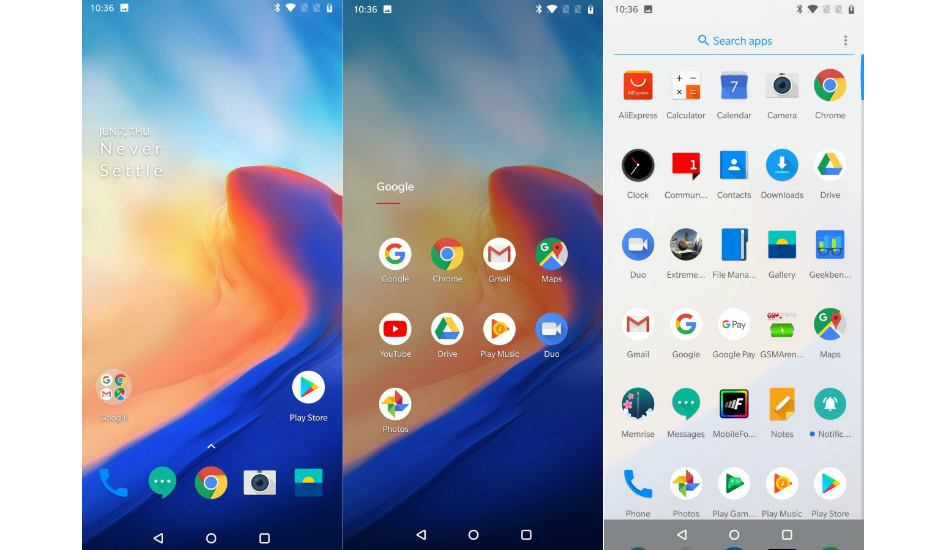
The OnePlus 6 offers a near-to-stock Android Oreo experience with regular updates as well as a clutter-free home screen. The “pure” Android also does a great deal of smoothness to the device. Users can now replace the stock on-screen buttons for gesture navigation that works a lot like the one on the iPhone X. Although not as stable and smooth like on the Apple device, the gestures on the OP6 leave you with an immersive full-screen experience to cherish.
Asus packs in the ZenUI 5.0 with a near stock version of Android on the Zenfone 5Z. The interface resembles Android 8.0 Oreo and offers minimum bloatware, added gestures for navigation and a ton of AI features. AI Boost will be Asus’ way of reassuring more power when using the smartphone for extreme gaming scenarios and takes a lot of talking points from Huawei’s GPU Turbo. There’s also AI Photography, AI Display and AI Ringtone with the addition of ZeniMoji which will be Asus’ version of Apple Animoji.
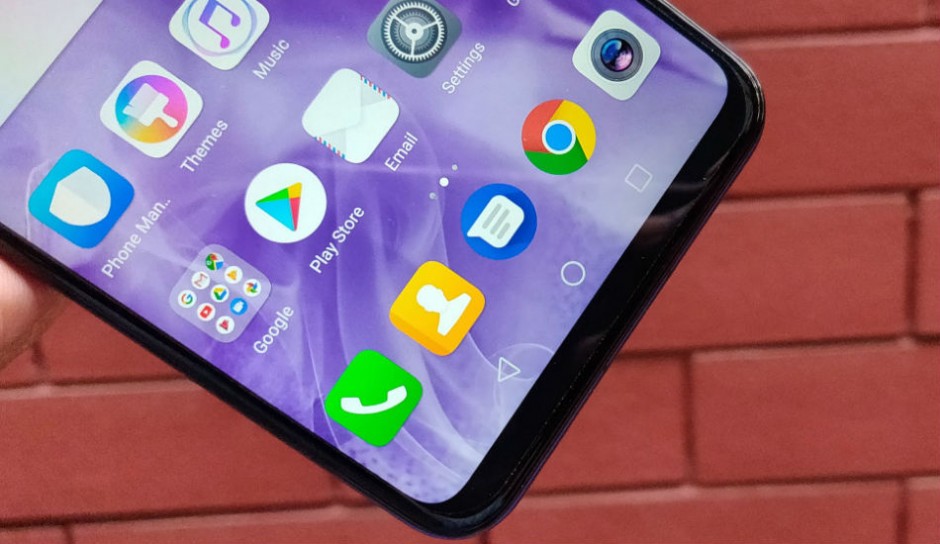
The Nova 3 from Huawei runs on Android 8.1.0 Oreo out of the box with EMUI 8.2 on top. Although the custom skin provides a ton of personalisation tools, it’s also the reason behind the slowing down of the system which is bound to happen in the long run. The interface is heavily inspired by Apple’s iOS though there’s a learning curve to keep in mind when buying the Nova 3. However, the device might soon be powered with GPU Turbo technology which will work on software-hardware optimisations to improve the overall graphics processing power of the phone by 60 percent.
Winner: Zenfone 5Z
Battery:
OnePlus 6 comes with a large 3,300mAh battery with its traditional Dash Charge technology which juices up the phone through a 5V 4A 20W charger. The device takes as less as 100 minutes to charge up from zero to 100 percent and might last up to two days on light usage. This is where OnePlus has right quoted “a day’s power in half an hour” as you can expect the phone to be charged to 50 percent in under a half an hour.
The Zenfone 5z is fuelled by a 3,300mAh battery which in combination with the SND 845 chipset will last you for a day of moderate usage. The phone supports Fast charging through its 9V/2A 18W which is quick but takes a beating from its Honor counterpart.
Huawei here scores some brownie points as it crams in a larger 3,750mAh battery on the Nova 3 which will be able to last to up to two days on light usage. There’s an 18W charging adapter bundled with the device offering fast charging. However, quick charging capabilities will be slightly slower than OnePlus’ Dash Charge.
Winner: Nova 3
Verdict:
The Huawei Nova 3 is a great device on paper and we wouldn’t be surprised to see it perform smoothly on heavy usage since the phone is loaded with flagship specifications. The phone scores impressively for the way it’s designed and the display itself is a thing to look at. The quad-camera setup is a blessing as it packs in larger sensors than its competition but don’t expect sky-high set of skills when recording videos. There’s also a larger battery which will certainly be distinguishing factor when picking up the device that you’ll use as your daily driver.
But if a clean batch of Android and established chipsets are what you’re looking for in your flagship killer, then the Zenfone 5Z and OnePlus 6 are the handsets for you. Both devices run on the latest Snapdragon 845 chip which is certifiably the most powerful mobile processor there is, while also packing in larger memory options to go with. By the end of the day, it’ll be down to what users want on their phone the most and all three devices offer you a mixed bag of options for you to choose from.

